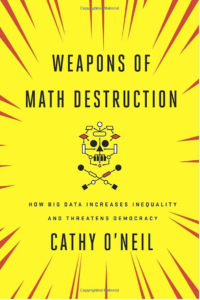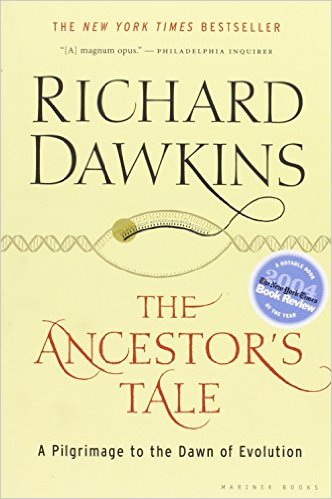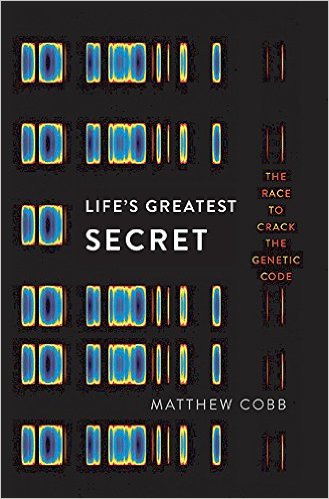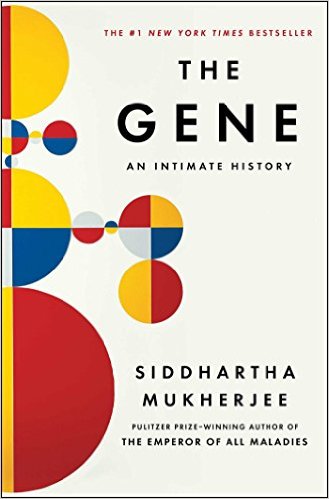I have been reading The Inevitable by Kevin Kelly. A great book that I highly recommend.
Here I report a few excerpts from the “Flowing” chapter to describe how flows of data are inevitable and what we can do about it.
———
The Internet is the world’s largest copy machine. At its most fundamental level this machine copies every action, every character, every thought we make while we ride upon it.
If something can be copied – a song,a movie, a book – and it touches the internet, it will copied.
The information age is driven by digital copies – exact and free.
In this new supersaturated digital universe of infinite free digital duplication, copies are so ubiquitous, so cheap – free, in fact – that the only things truly valuable are those that cannot be copied.
When copies are superabundant, they become worthless. Instead, stuff that can’t be copied become scarce and valuable.
Here are eight generatives that are “better than free”:
Immediacy: Getting something the moment it is released, or even better, produced by its creators.
Personalization: providing something personalized according to your taste, your reading taste, your living room, etc.
Interpretation: interpretation of genomic info, healthcare, travels, consulting Linux, etc.
Authenticity: make sure you have the real thing, the real software app
Accessibility: example are cloud services to access info wherever and whenever you want with full backup, security.
Embodiment: live concerts, live lessons, printed book, Ted talks
Patronage: fans want to pay creators
Discoverability: providing guides or ways to help discover new things, reading lists, videos, movies





